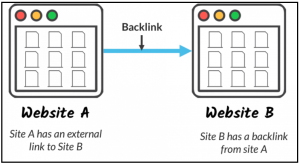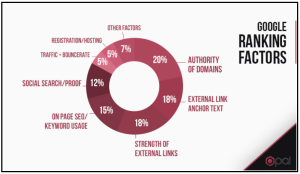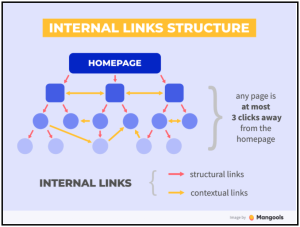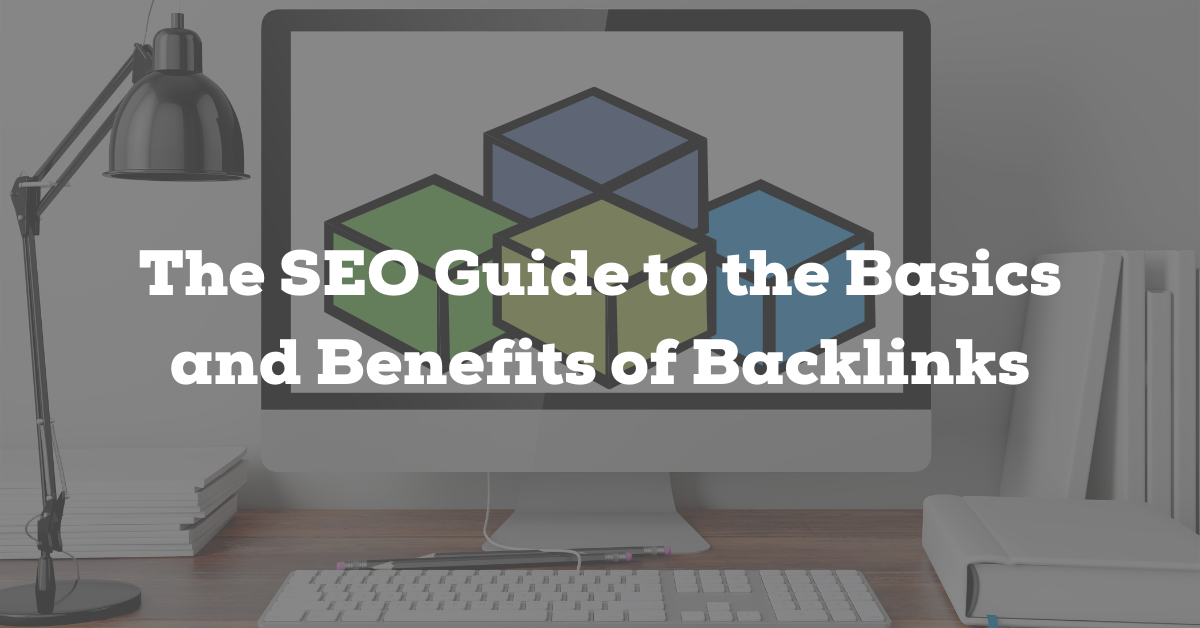Let us start with the basics: backlinks, simply put, are links from one page of a website to another page of a website. Those hyperlinks you see when skimming articles online are more important than you may think. Backlinks are part of the 15% stake of internet traffic that is made up by referral visits. In the context of millions of social media views, user searches, and advertisements, 15% of traffic is a lot. This leads to many benefits of backlinks for your business’s website.

Backlinks can assist with bounce rates, help your small business keep positive relationships with similar businesses, and improve your overall image. “Overall image” means that if you are a popular site that other sites backlink to, your site is looked to as an authority on a topic. In even simpler terms, this means your content is good. All of these benefits directly contribute to your business’s SEO performance, making thinking about backlinks in your SEO strategy imperative.
Contents
The Benefits of Backlinks Start with Looking at Google
It is no surprise that in evaluating what is best for an SEO strategy, we turn to Google. Pages that are backlinked to frequently rank highly on Google. This goes back to that “overall image” point. If other pages are frequently linking to your content, this shows that your content is being received positively. Google wants its users to find quality content, so this search engine uses backlinks as proof of this, ranking web pages with lots of backlinks higher. 
It is necessary to note that getting your business’s name out there and getting lots of backlinks is not a quick process. However, this should not discourage you from thinking of backlinks in your SEO strategy, as their long term benefits can generate much traffic to your site.
A good place to start when it comes to using backlinks to rank higher on Google is on your own website! You can backlink internally to the most important articles on your website. That way, they rank higher on Google searches. You have control over what parts of your website are seen by customers. Thus, you have an easy stake over your own SEO strategy.
Backlinks Create Mutually Beneficial Relationships
This may sound counterproductive, but mutually backlinking to other businesses’ websites within your industry can be beneficial if done correctly. Let’s think about it: your site and a similar site are both making great content. Linking to each other can help you both rank the highest on Google. Additionally, you can get users of one of your sites to fall into the pattern of bouncing back and forth between your sites. This can be super beneficial.
The important thing to note here is that creating these mutual relationships is most beneficial if your business and the other have their own niche within the industry. Just like banks make referrals for loans, backlinking to each other’s content will mutually help users find which website’s service is most applicable to them. Even in some cases, the user may become customers for both sites! Overall, think of mutual backlinking as a system of silent referrals that helps you rank higher on Google and generate further traffic on your site.
Internal Linking Keeps Users on Your Page
Just as backlinking involves linking from one page of a website to another, internal linking involves linking from one page of a website to another page on the same website. Internal linking can be beneficial by improving your bounce rates. Your bounce rate measures how quickly a user leaves a page on your site. With internal linking, a user is voluntarily clicking a link on one of your pages to get to a second page on your site. This page is more likely geared to their interest, making them less likely to leave the second page. The result: lower bounce rates on this second page.

Internal linking is also oddly circular. If pages on your site frequently link to one another, we see users fall into the rabbit hole of viewing a lot of your content. In this case, internal linking easily plays towards your advantage. One user becomes a viewer for multiple pages at a time. Internal linking is an easy step to make the possibility of this happening more likely.
Conclusion
Overall, the best content-creating sites on the internet rely on backlinks in some capacity to keep their users engaged. Backlinks have an impact SEO-wise on Google rankings, mutually beneficial relationships among content creators, and internal engagement on your site.
Even though reaping the benefits of backlinking can be a slow process, there is no doubt that backlinks have a positive impact on your business’s SEO. When developing an SEO strategy, think long term. The impacts of backlinking will be sure to pay off.


